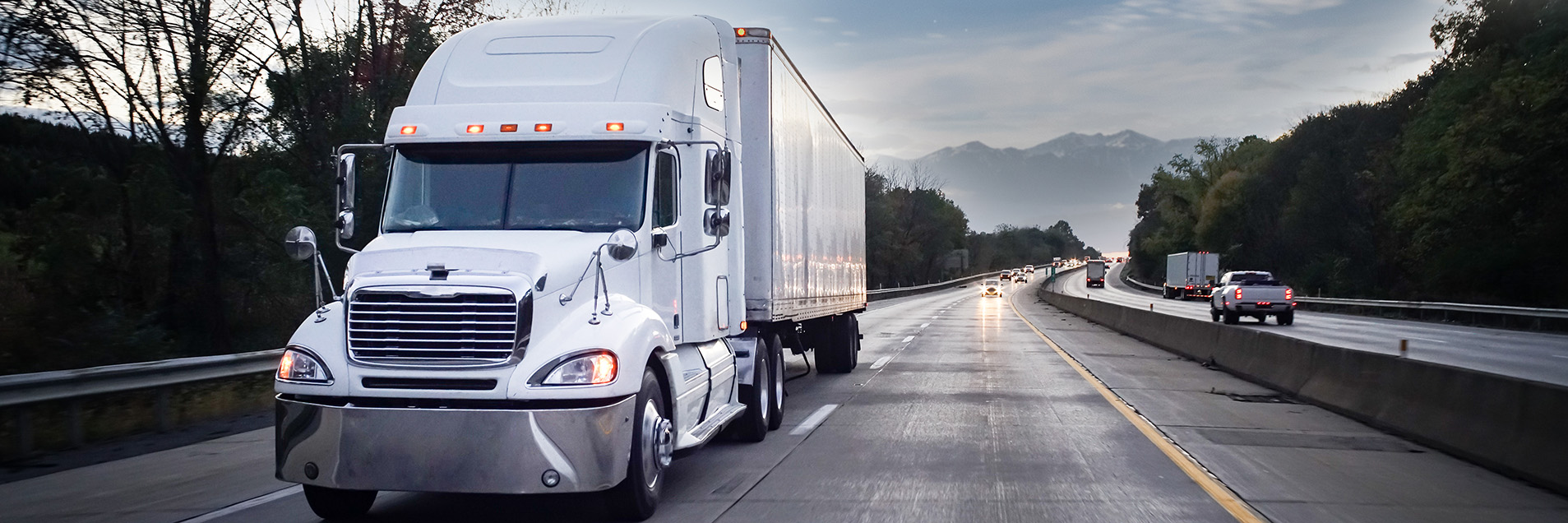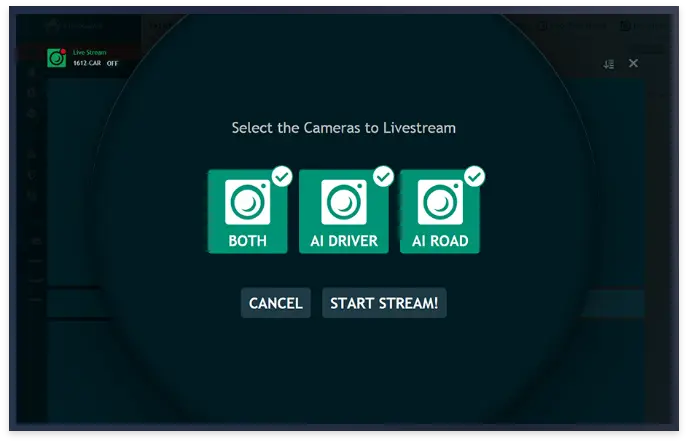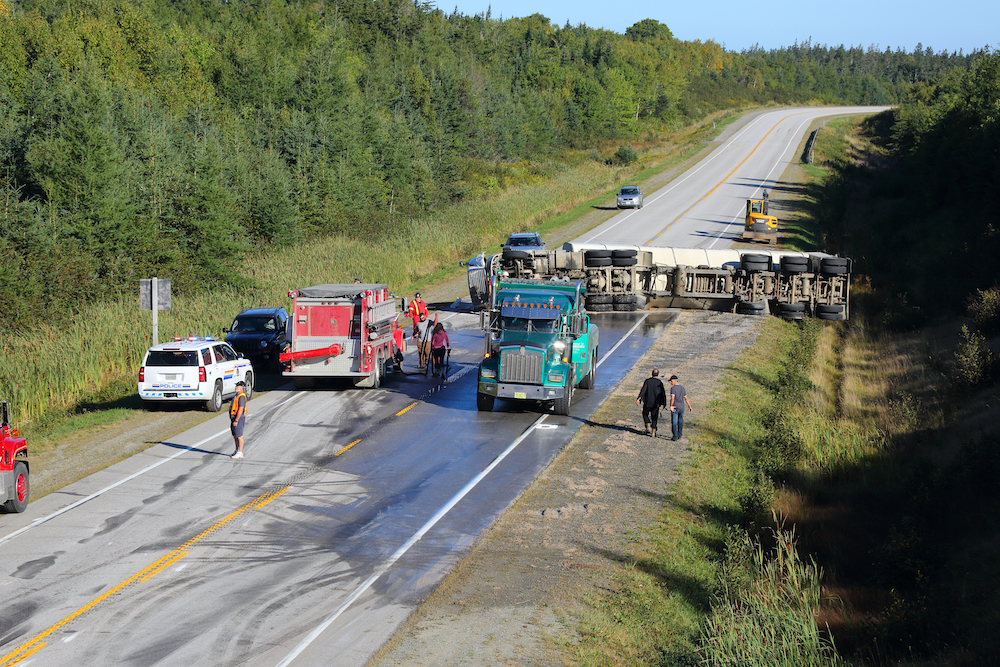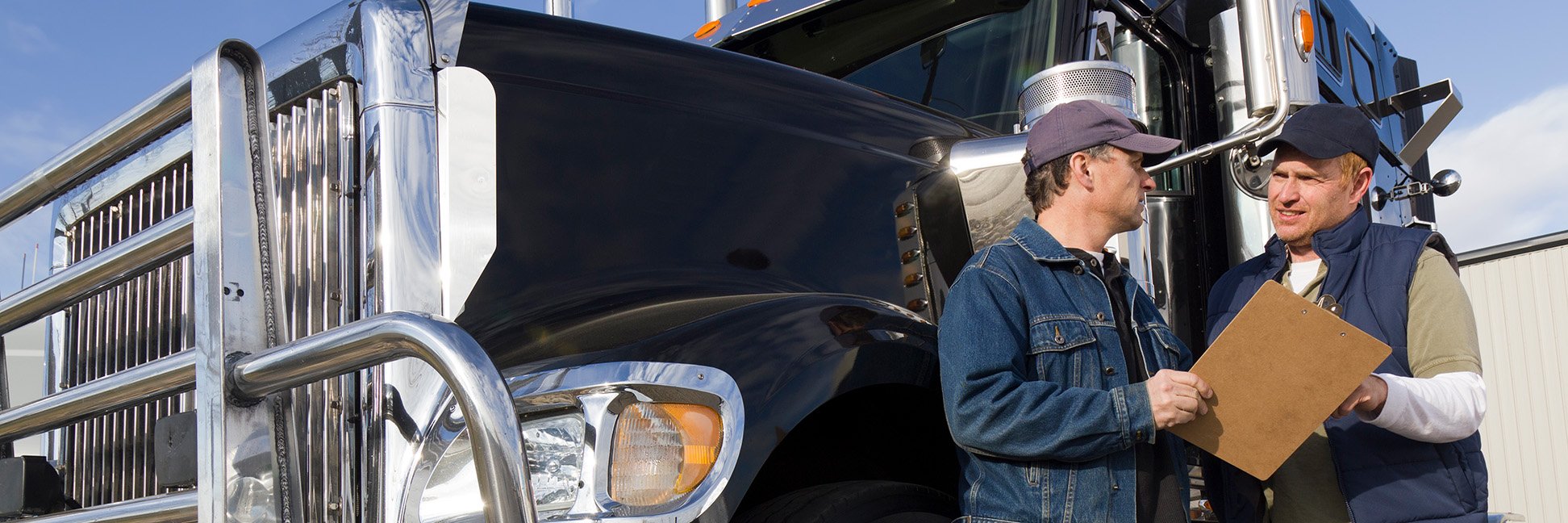The U.S. Department of Transportation (DOT) announced the launch of its National Roadway Safety Strategy (NRSS) created to address our national roadway fatalities and injuries crisis. Almost 95% of our nation’s transportation deaths occur on our roadways, and that number is growing.
The NRSS integrates the principles of the Safe System Approach (SSA), intended to protect drivers by preventing crashes and making sure if they do occur, they do not result in severe injury or death. The Department is taking steps to address the crisis and prevent the occurrence of avoidable deaths. This will be a first step in working toward the long-term goal of eliminating roadway fatalities for good.
“Humans make mistakes, and as good stewards of the transportation system, we should have in place the safeguards to prevent those mistakes from being fatal,” said Transportation Secretary Pete Buttigieg. “Zero is the only acceptable number of deaths and serious injuries on our roadways.”
In This Article:
- The Safe System Approach (SSA) explains the layers of protection to prevent crashes and minimize the harm to those involved in roadway accidents.
- An overview of the Safe System Approach Principles.
- The NRSS objectives corresponding to the Safe System Approach elements, which include Safer People, Safer Roads, Safer Vehicles, Safer Speeds, and Post-Crash Care.
- Priorities specific to the Commercial Motor Vehicle Enforcement and Motor Carrier Industry.
What is a Safe System Approach?
Imagine a world without roadway deaths.
This is the ultimate goal of the Safe System Approach. The transportation community has adopted the Safe System Approach to effectively reduce the risk of collisions in our transportation system. SSA aims to put an end to serious and fatal injuries for all roadway users. By using a holistic and comprehensive strategy, SSA provides a guiding framework to make the roads safer for all drivers and passengers.
This is quite different from conventional methods by placing emphasis on addressing human mistakes and human vulnerability in order to design a system to protect all people.
Safe System Approach Principles
In support of the U.S. DOT’s NRSS approach, safety programs are focused on human behavior, infrastructure, emergency response, and responsible oversight of the vehicle and transportation industry.
The principles of the Safe System Approach are:
- Death and Serious Injuries are Unacceptable. This approach prioritizes putting an end to collisions that result in death or serious injuries.
- Humans Make Mistakes. Inevitably, people will make decisions that can lead, or contribute, to crashes. However, the transportation system can be designed to minimize various types and levels of human mistakes.
- Humans are Vulnerable. Human bodies have a physical limit for tolerating the impact of a collision. Therefore, creating and operating a transportation system that accommodates the limitations of the human body is crucial.
- Responsibility is Shared. Government entities, researchers, nonprofit/advocacy, and the general public are all stakeholders playing a vital part in preventing severe injuries on our roadways.
- Safety is Proactive. Rather than waiting for crashes to occur and then reacting, proactive tools should be used to address safety issues in the transportation system.
- Redundancy is Crucial. To reduce risks, all parts of the transportation system must be reinforced. This way if one part fails, the other parts can protect and prevent roadway accidents.
Implementation of the NRSS
The Department’s extended commitment to roadway safety through the implementation of the NRSS includes five priority objectives that correspond to the Safe System Approach elements:
- Safer People: Encourage safe and responsible driving behavior and create conditions that prioritize the road users’ ability to reach their destination uninjured. Through the NRSS, the Department will focus on using available tools such as education, outreach, engineering solutions, and enforcement to address repeated behavioral safety issues.
- Safer Roads: Design roadway environments to lessen human mistakes, account for injury tolerances, encourage safer behaviors, and enable safe travel by the most vulnerable users. Through the NRSS, the Department will focus on advancing infrastructure design and will create interventions to improve roadway safety.
- Safer Vehicles: Extend the availability of vehicle systems and features that aid in preventing and minimizing the impact of crashes for both occupants and non-occupants. Through the NRSS, the Department will continue to leverage enhanced motor vehicle safety performance and technology to improve safety for all road users.
- Safer Speeds: Through a combination of thoughtful roadway design, enforcement, and targeted education and outreach campaigns, safer speeds will be promoted for all roadways.
- Post-Crash Care: The most critical elements of managing a crash scene and ensuring the safety of the crash victims and first-responders includes traffic incident management, a safe environment for those responding to the scene, and the safety of passing traffic.
Priorities Specific to the Commercial Motor Vehicle Enforcement and Motor Carrier Industry
Priorities recognized in the NRSS specific to the commercial motor vehicle enforcement and motor carrier industry communities include:
- Execution of the October 2021 final rule requiring state driver’s licensing agencies to utilize information from the Drug and Alcohol Clearinghouse to take licensing actions against commercial motor vehicle drivers who are not cleared to return to duty.
- Identification of opportunities to use newly improved and accurate commercial driver’s license (CDL) records to efficiently take unsafe commercial vehicle drivers off the road..
- Increased commercial motor vehicle traffic enforcement that targets unsafe driving behaviors, particularly speeding. The Department recognized that speed enforcement deployed equitably and appropriately provides significant safety benefits and saves lives.
- The continued commitment to a data-driven and performance-based approach to identifying high-risk companies and operators, including the use of roadside commercial motor vehicle safety inspections.
“No longer can we as a society accept traffic deaths as routine. Every life lost is a tragedy, and we all can, should, and must do more to change the culture” said NHTSA Deputy Administrator Dr. Steve Cliff. “The National Roadway Safety Strategy and the Safe System Approach offer all communities a roadmap to save lives and reduce injuries.”
How Can You Participate in NRSS?
By installing fleet vehicle cameras, you can protect your drivers and other road users. The latest cameras help by reducing driver error with in-cab audiovisual alerts. These cameras continuously monitor the driver (DMS) as well as the road ahead (ADAS). Furthermore, they notify the driver of any unsafe driving habits.
Lessen the likelihood of drivers repeating those mistakes with an automated driver behavior coaching system. These systems allow drivers to see what they did wrong so that they can acknowledge the event and self-coach.
These technologies work as a great addition to the NRSS to keep drivers safer on our roads.
The rise of roadways accidents is a current crisis in the U.S. that has become unacceptable and must be addressed. With the implementation of this new strategy, the DOT will aim for greater safety in road design, vehicle design, speed limits, post-crash medical care, and human behavior to decrease the high number of collisions on our roads.
“We need a national change in mentality. It’s time for a transformation in how people think about road safety” says U.S. Transportation Secretary Pete Buttigieg.









